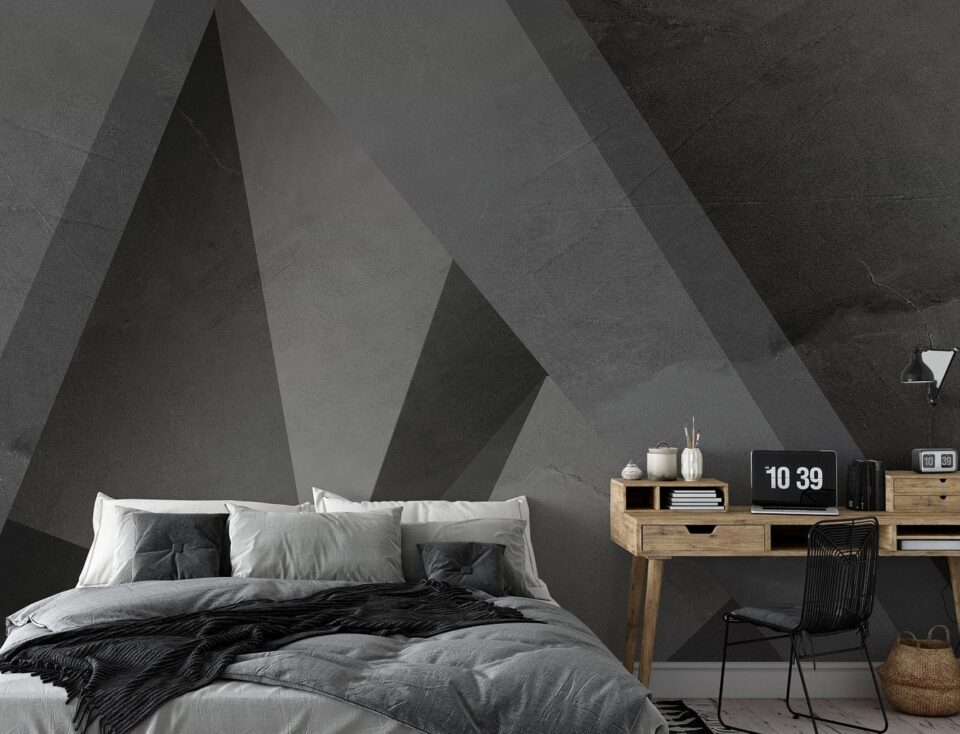Creating a conducive sleep environment extends beyond comfortable bedding; the visual aspects of the room, such as wall colours and patterns, play a crucial role. Selecting the right bedroom wallpaper can significantly influence relaxation and sleep quality. Here’s how to choose wallpaper designs that calm the mind and promote a night of better sleep.
The Importance of Colour Psychology
Colour profoundly impacts our mood and emotions, a principle that is especially important in bedrooms where relaxation is key. Understanding colour psychology helps in choosing wallpaper that facilitates a serene sleep environment.
Soft Blues
Often associated with tranquillity and stability, soft blues remind us of the sky and sea, eliciting a calming effect that is conducive to sleep. Wallpapers in light blue shades can help lower heart rate and reduce blood pressure, priming the body for sleep.
Gentle Greens
Green, reminiscent of nature, is another excellent choice for bedrooms. It promotes feelings of renewal and rest, making it easier to unwind at the end of the day. Opt for wallpapers in soft sage or pastel mint to maximise these beneficial effects.
Warm Neutrals
Warm neutral colours like beige, taupe, and soft browns evoke a sense of comfort and security. These tones can be particularly soothing, creating a cocoon-like feel that encourages relaxation.
Pattern Selection for Restful Interiors
While colour plays a significant role, the pattern of the wallpaper also affects the room’s energy and ambiance.
Minimalistic and Simple
Choose patterns that are subtle and orderly. Intricate patterns might be too stimulating and could potentially keep the mind active. Opt for simple geometric shapes or delicate florals in subdued colours to maintain a calm atmosphere.
Textured Wallpapers
Textures can add depth and interest without the energy of bold patterns. Textured wallpapers such as linen effects or subtle plaster looks can provide visual warmth and comfort, which are conducive to a restful sleep environment.
Lighting Considerations
How wallpaper interacts with light — both natural and artificial — is crucial, especially in a bedroom. Reflective wallpapers might enhance light levels, which can disrupt sleep patterns. Matte finishes, on the other hand, can soften the room’s light, contributing to a more relaxing atmosphere.
Installation and Placement Tips
The wall behind the bed is typically the focal point of the bedroom. Choosing a calming wallpaper for this wall can set the tone for the rest of the room. Consider the room’s layout and natural light sources when positioning patterns to ensure they complement the space harmoniously.
The choice of wallpaper in the bedroom can significantly affect your sleep quality. By selecting calming colours and soothing patterns, you can transform your bedroom into a peaceful sanctuary that promotes relaxation and restfulness. Remember, the key to a conducive sleep environment lies not just in aesthetic elements, but in creating a space that appeals to the senses and calms the mind.

